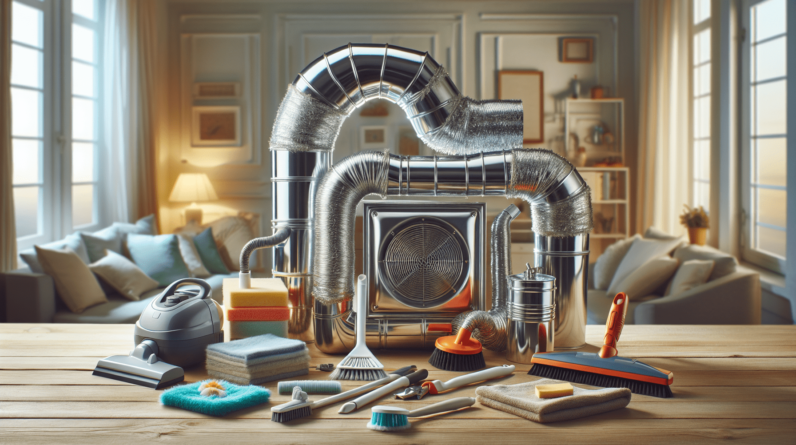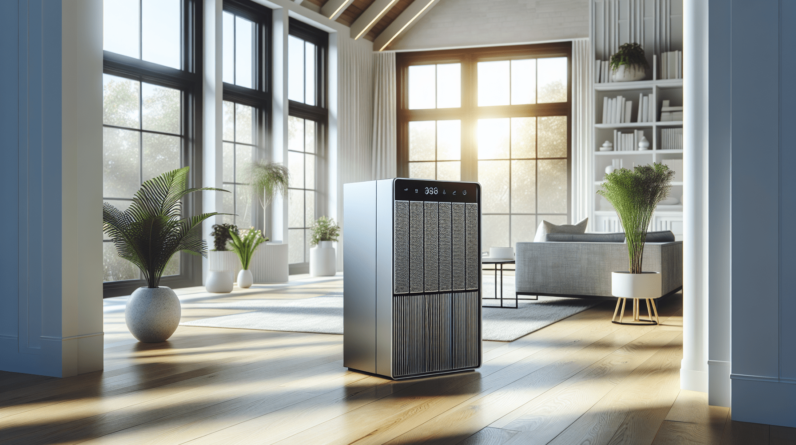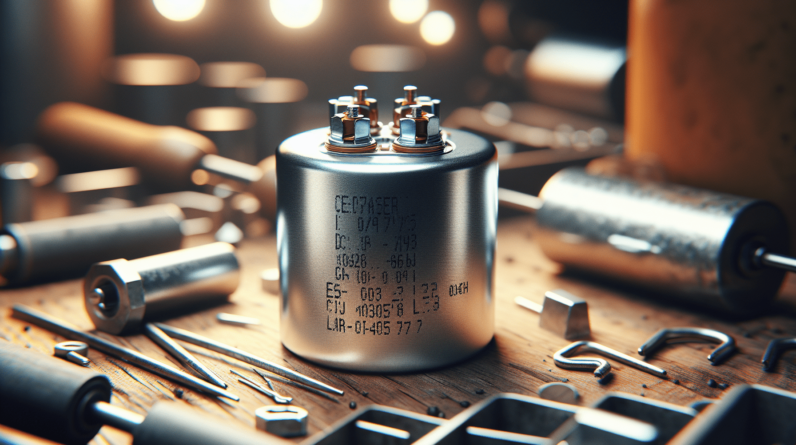

Have you ever wondered about the small, yet crucial components that help your air conditioning system run smoothly? Understanding how an air conditioner capacitor works can significantly enhance your knowledge of HVAC systems and improve your troubleshooting abilities. Let’s break down the role and importance of capacitors in air conditioning units.
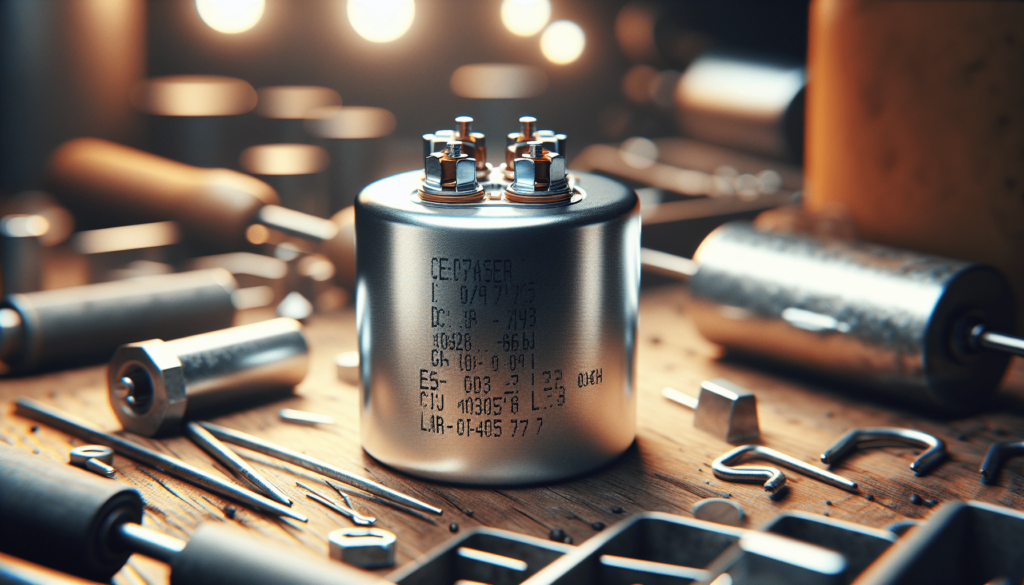
What is an Air Conditioner Capacitor?
The air conditioner capacitor is an essential electrical component required for the efficient operation of your cooling system. You can think of it as a battery that stores energy and releases it as needed when the AC unit starts up or requires an adjustment in power. Its primary function is to ensure that the compressor and fan motors start and run smoothly.
Types of Capacitors
Capacitors come in different types, and each plays a unique role in your air conditioning unit. Here’s a brief look at the two main types:
| Type | Description |
|---|---|
| Start Capacitors | These capacitors provide an extra boost of energy to help the compressor start. They are designed for short-term use and are usually removed from the circuit once the motor is running. |
| Run Capacitors | Run capacitors are used continuously while the compressor or fan motor is running. They ensure that the motor operates efficiently by enhancing the power factor. |
Understanding Capacitor Ratings
When dealing with air conditioner capacitors, you might come across terms like microfarads (µF) and voltage rating. Let’s break these down:
- Microfarads (µF): This unit measures the capacitor’s capacitance, which indicates how much electrical charge it can store. A higher number reflects a greater ability to store energy.
- Voltage Rating: The voltage rating represents the maximum voltage the capacitor can handle safely. Exceeding this voltage can lead to failures and even damage to your air conditioning unit.
How Does an Air Conditioner Capacitor Work?
Now that you’re familiar with the basic types and ratings, let’s explore how these components function within your air conditioning unit. Capacitors work by allowing electrical energy to build up and then releasing it as needed. This is especially important when starting the compressor, which requires a significant amount of energy to overcome inertia.
The Starting Process
- Initial Magnetism: When you turn your AC unit on, the capacitor builds up a magnetic field, which is crucial for the initiation of the compressor and fan motors.
- Voltage Release: Once sufficient voltage has accumulated, the capacitor releases this stored energy rapidly, providing the necessary boost for starting.
- Transition: After starting, the start capacitor may switch off, letting the run capacitor take over and maintain continuous power to keep the motor running efficiently.
Signs of a Failing Capacitor
Recognizing the signs of a failing capacitor early can save you from more significant issues down the line. Here are common symptoms you might notice:
1. Air Conditioning Unit Won’t Start
If your AC unit isn’t responding at all when you turn it on, a defective capacitor could be at fault. A capacitor may fail to store or release energy effectively, which means the compressor cannot start.
2. Humming Noise
A buzzing or humming sound coming from your air conditioning unit might indicate that the capacitor is trying to start the compressor, but it lacks enough voltage.
3. Weak or Inconsistent Airflow
If you notice that the air coming from your vents isn’t as powerful as it should be, a failing capacitor could be the reason. The run capacitor helps the fan operate correctly, and if it’s malfunctioning, airflow can diminish.
4. Frequent Cycling On and Off
When your air conditioning unit frequently turns on and off, it’s referred to as short-cycling, and it may be a sign of capacitor issues. This instability can lead to increased wear and tear on your compressor.
5. Swollen or Leaking Capacitor
A physical inspection of the capacitor can reveal vital signs. If you see any swelling, leakage, or burnt marks on the capacitor body, it’s time to consider replacing it. A damaged capacitor can be dangerous and should be handled with care.
How to Test an Air Conditioner Capacitor
If you suspect that your capacitor is failing, you can test it yourself if you’re comfortable with basic electrical components. Just ensure you follow safety precautions and, if in doubt, consult a professional.
Required Tools
You will need:
- A multimeter with capacitance measurement capability
- Safety gloves and goggles
- A screwdriver to access the AC unit
Testing Steps
- Safety First: Before starting any electrical work, disconnect the power supply to the AC unit to avoid any shocks.
- Locate the Capacitor: Remove the access panel on your outdoor unit and find the capacitor. Be cautious as capacitors can retain electrical charge even when powered off.
- Discharge the Capacitor: Use an insulated screwdriver to short the terminals carefully, which helps discharge any stored energy.
- Remove the Capacitor: Take note of the wiring arrangement before unscrewing and removing the capacitor from the unit.
- Measure Capacitance: Set your multimeter to capacitance mode and connect it to the capacitor terminals. Compare the reading to the rated capacitance on the capacitor label. A significant deviation indicates a failing capacitor.
6. Replace if Necessary
If your tests show that the capacitor is indeed faulty, replacement is usually straightforward but remember to wire it back correctly. If you’re uncertain about the process, don’t hesitate to call in a qualified technician.
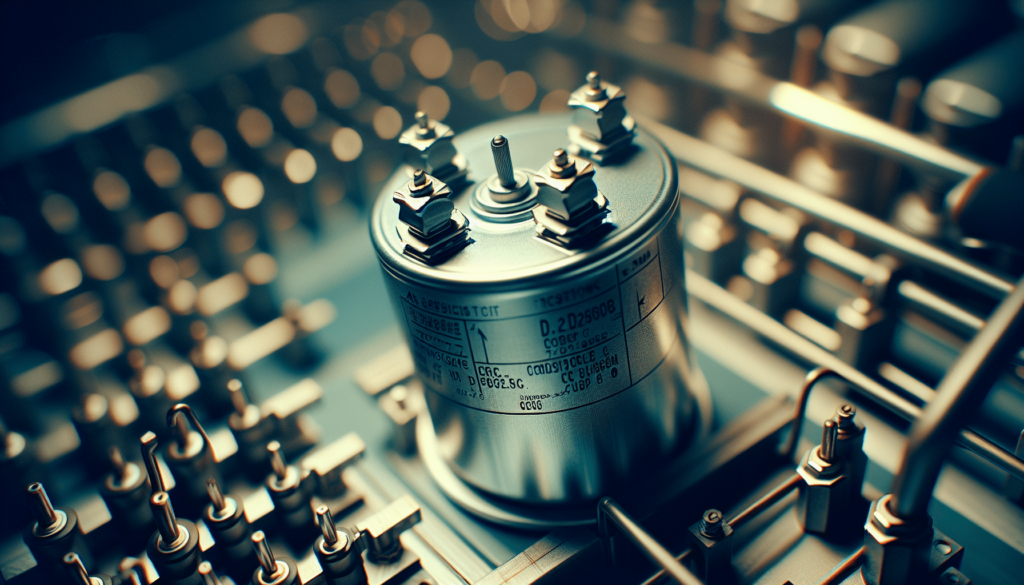
How to Replace an Air Conditioner Capacitor
If you’ve determined that you do indeed need to replace your air conditioner capacitor, let’s look at the steps you should follow.
Tools Needed for Replacement
- New capacitor (with the same specifications)
- Screwdriver
- Socket or wrench
- Adjustable wrench
- Safety gloves and goggles
Replacement Process
- Power Down: Ensure the power is completely disconnected from the air conditioning unit.
- Remove the Access Panel: Use your screwdriver to take off the panel covering the electrical components. This will give you access to the capacitor.
- Discharge the Old Capacitor: Take the same steps mentioned earlier to discharge the old capacitor to safely work on it.
- Disconnect and Remove: Carefully take note of how the old capacitor is wired. Disconnect the wires and remove it from the mounting bracket.
- Install the New Capacitor: Position the new capacitor in place and connect it using the same wiring arrangement you noted earlier, ensuring you’re attached to the correct terminals.
- Check Connections: Double-check that the connections are secure and that everything looks right according to your notes.
- Power Up: Replace the access panel and restore the power supply. Launch your air conditioning system to ensure it runs as expected.
Preventing Capacitor Failure
You can take steps to enhance the longevity of your air conditioner capacitor and reduce the likelihood of unexpected failures.
Regular Maintenance
Scheduled maintenance for your air conditioning system can help catch issues early. Professionals can clean and inspect components, including capacitors, to ensure they function as intended.

Keep Area Clean
Ensure the area around your outdoor AC unit is clean and free from debris. This cleanliness helps prevent overheating, which can strain your capacitor.
Avoid Voltage Fluctuations
If possible, use a voltage stabilizer for your home’s electrical system. Power surges can damage capacitors, so protecting them is a wise investment.
Be Mindful of Operating Conditions
Avoid running your air conditioning system near its maximum capacity for extended periods, as this can lead to overheating and stress on the capacitor.
Conclusion
Understanding what an air conditioner capacitor is, how it functions, and how to troubleshoot and maintain it can make a world of difference in your HVAC management. If your air conditioning system shows signs of poor performance, the capacitor might be the guilty party. With proper knowledge and regular maintenance, you can keep your air conditioning system in top shape and enjoy a comfortable living environment year-round. Remember, while DIY repairs can be satisfying, always prioritize safety; do not hesitate to contact professionals when in doubt.

